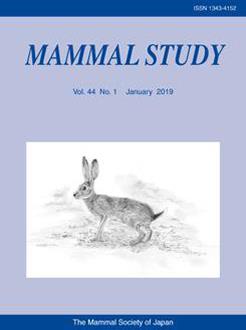In a changing environment, dietary patterns of mammalian predators are influenced by many factors. In an agricultural area in south-western Hungary, where the red fox (Vulpes vulpes) is the top predator and has a stable population, our aim was to analyse how the diet composition based on scat samples changed over a longer period (first survey occasion: 1992–1997, n = 350; second survey occasion: 2012–2014, n = 237). Based on the analysis from 12 main food types, a shift in the dietary pattern of the fox was found. When comparing the results from the second survey with those of the first survey, small mammals were consumed less frequently (relative frequency of occurrence, 39.2% vs. 26.8%, respectively), while plants (mainly fruits; 19.0% vs. 26.7%), invertebrates (11.0% vs. 15.0%), and wild boar (0.9% vs. 7.5%; including piglets in the second survey) were consumed more frequently. These four main food types together comprised > 70% of the difference between diet composition from the two surveys. The trophic niche breadth had a narrower mean value in the first, than in the second survey. The dietary shift can be related to intensification of agricultural production and increased frequency in presence of wild boar in the area.
How to translate text using browser tools
21 December 2018
Long-Term Changes in the Diet of the Red Fox in an Agricultural Area
József Lanszki,
Nikolett Nagyapáti,
Anita Kurys
ACCESS THE FULL ARTICLE

Mammal Study
Vol. 44 • No. 1
January 2019
Vol. 44 • No. 1
January 2019
dietary shift
feeding habit
intensifying agriculture
Vulpes vulpes




